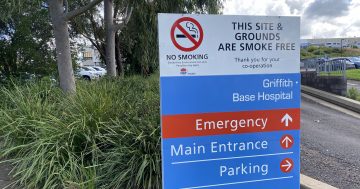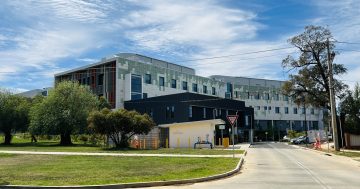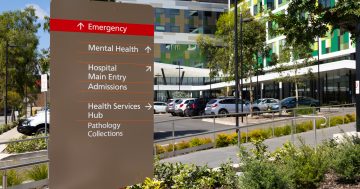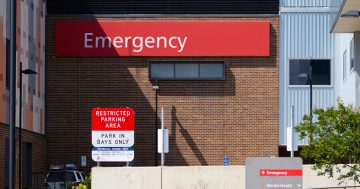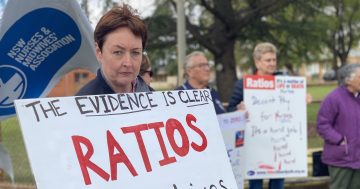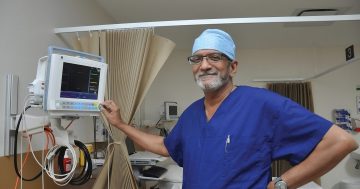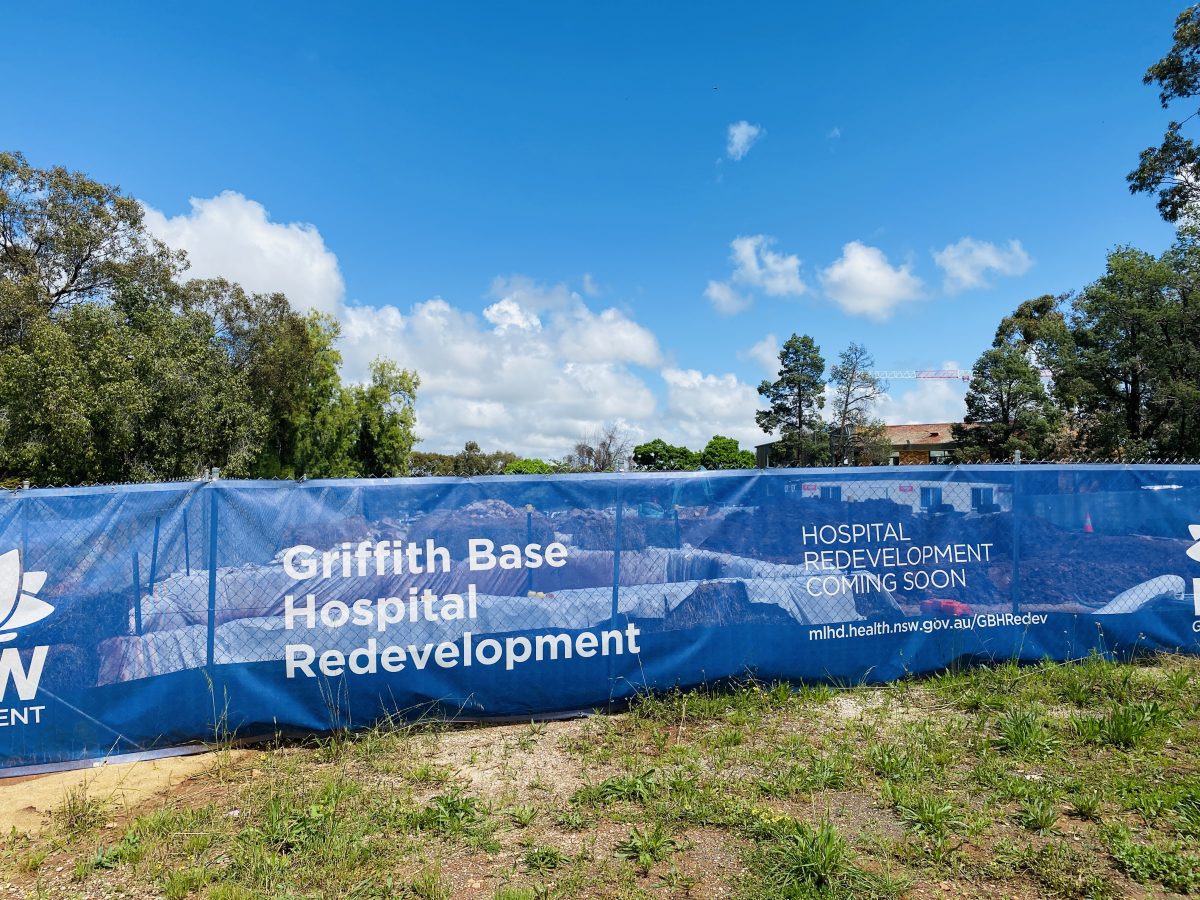
Griffith Base Hospital is being redeveloped. Photo: Oliver Jacques.
The Murrumbidgee Local Health District (MLHD) says radiology and other key services at Griffith Base Hospital remain unchanged despite an apparent rapid turnover of staff at the facility.
Radiologists are medical professionals who use imaging technology to diagnose and treat diseases. Region was informed the only locally-based permanent radiologist working at Griffith hospital recently departed town, raising concerns Griffith cancer patients would face longer waiting times for treatment or be forced to travel to Wagga.
Region asked MLHD if it were true the hospital no longer had a local radiologist and whether the public facility was now reliant on costly FIFO (fly-in, fly-out) radiology services. The MLHD did not answer either question but a spokesperson provided the following comment:
“Radiology services at Griffith Base Hospital are provided under contract by a third party provider. From time to time there may be a change in radiologist attending Griffith Base Hospital, however there is no impact on service delivery.”
There have been broader concerns within the community about staff turnover at the hospital, following the departure of key managers, specialists, doctors and nurses in recent times. The facility has had six general managers (GMs) in four years – some of whom had actually relocated to Griffith with their family before leaving.
In February 2019, Liz Harford suddenly resigned from the position and was quickly succeeded by interim manager Marianne Warren, who took the reins for two months before Greg Brylski was made the permanent GM. By January 2021, he had resigned too, replaced temporarily by Beck Hudson, who acted in the role for two months before Suchit Handa moved to town from Sydney to become the new permanent boss. He lasted less than a year, resigning in June 2022, when current GM Joanne Garlick took over.
Additionally, nurses at Griffith Base Hospital held four protest rallies over the course of 2022 as part of a statewide campaign, highlighting the problem of staff turnover among other issues.
“We are seeing a bleed of nurses across the state borders … our numbers are diminishing more than before. There are no signs of improvement. This government won’t listen,” Kristy Wilson, the Griffith branch secretary for the NSW Nurses and Midwives Association, told Region in November 2022.
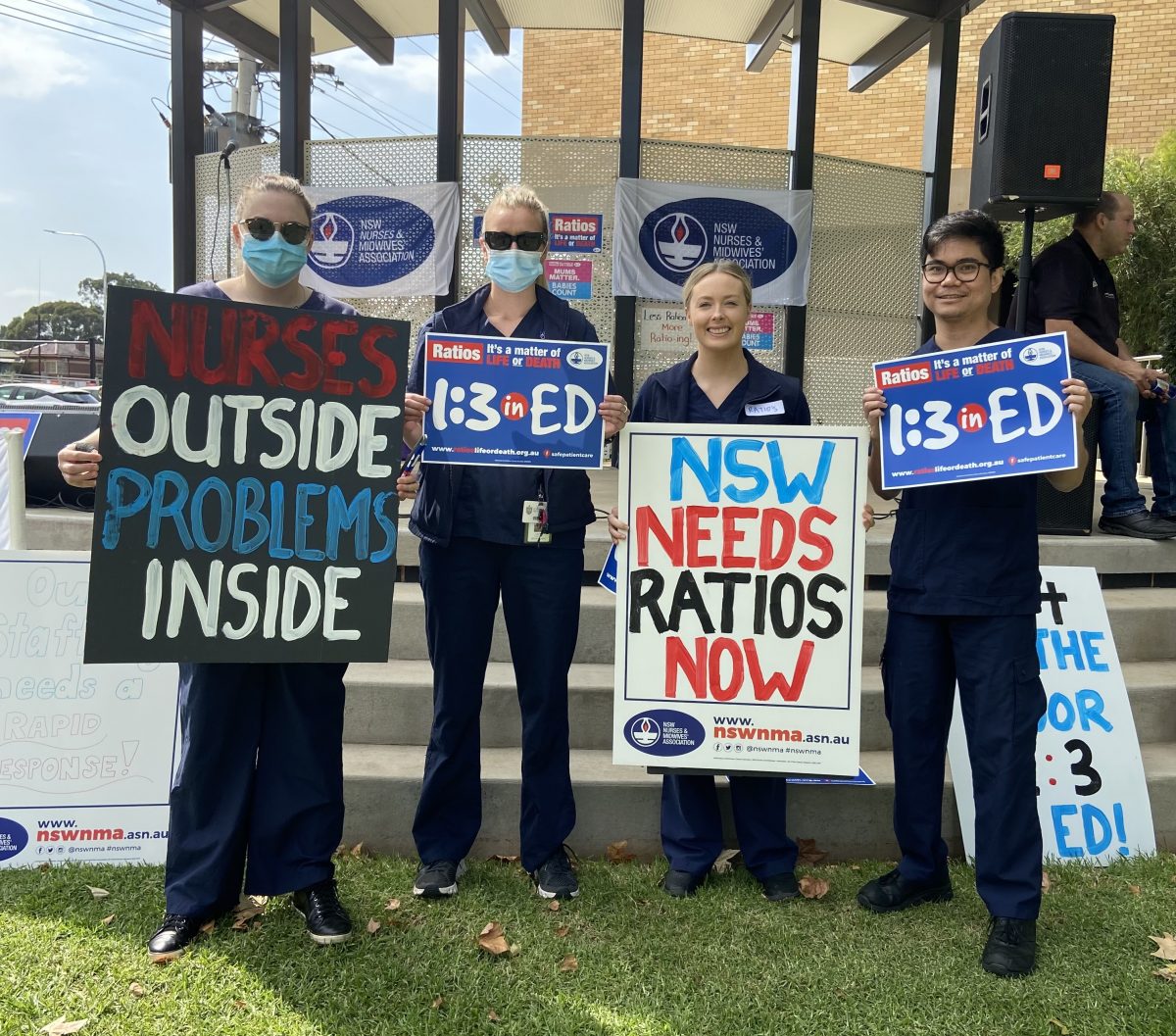
The second of four nurses’ strikes in Griffith in 2022, which took place in March. Photo: Oliver Jacques.
Nevertheless, the MLHD is adamant there is nothing abnormal about staffing patterns at the hospital.
“Staff changes across the Murrumbidgee Local Health District occur for a range of reasons. Changes occur due to staff promotions, staff taking up other positions, place of residence relocations and family reasons,” a spokesperson said.
“Griffith Base Hospital has consistently performed well in terms of retention rates, as compared to other hospitals in the MLHD and other rural local health districts. While the hospital’s retention rates saw a slight dip in the 2018/19 and 2019/20 fiscal years, they rebounded significantly in 2020/21, surpassing the retention rates of other hospitals in the district.
“Griffith Base Hospital’s 2020/21 retention rate of 93.4 per cent was higher than the MLHD average, indicating that the hospital has been successful in retaining its workforce. The 2021/22 and 2022/23 YTD periods have remained higher than the rates reported in the 2018/19 and 2019/20 financial years.
“This positive trend in retention rates is a testament to the hospital’s efforts to create a positive and supportive work environment. The district continues to implement strategies to attract and retain our valued healthcare professionals including implementation of the Rural Health Workforce Incentive Scheme.
“A permanent general manager was appointed in October 2022 and is focused on delivery of safe quality care, and the progression of the redevelopment project that will benefit the community of Griffith.”
Staff and patients who spoke to Region to express their concerns over recent staff turnover asked not to be identified, saying they feared retribution from MLHD management.
A scathing 2022 NSW parliamentary inquiry into the state of regional health care also raised problems rural hospitals were having retaining nurses and specialists. Most submissions came from anonymous writers.
The NSW Government has committed to implement 41 of the 44 inquiry recommendations.







